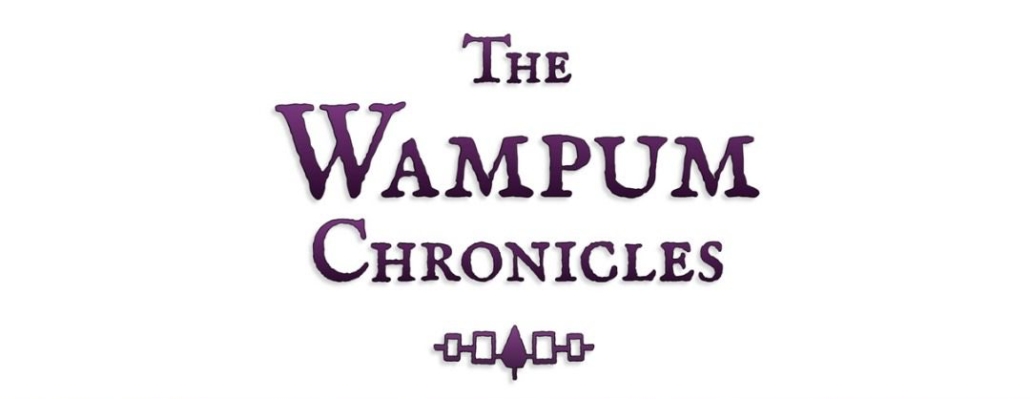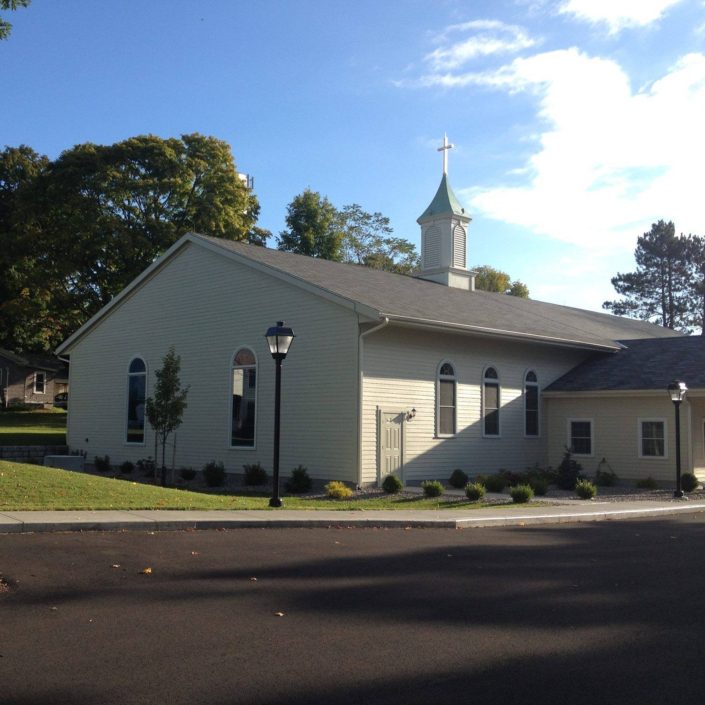
Land Where The Partridge Drums
A History of the Akwesasne Mohawk Nation
In the Shadow of Serpents:
Trials and Tribulations of the Early 1800’s
The Mohawks and the Patriote Rebellion
Written and illustrated by Darren Bonaparte
Although the Mohawks of Akwesasne and other communities steadfastly maintained their independence from their non-native neighbors, we have seen that political upheavals among the non-natives often spread over to the Mohawks. One such incident was the Patriote Rebellion of the late 1830’s. Both Akwesasne and Kahnawake were drawn into this conflict between the dominant British government and the increasingly militant French nationalists of Quebec.
When the British conquered New France in 1759, they agreed to allow the French Canadians to maintain their own language, schools, court system, and religion. By 1822, however, the British decided to unify Upper and Lower Canada (Ontario and Quebec) and have one parliament pass laws governing them in the English language. This angered a man named Louis Joseph Papineau, who led the fight to protect the rights of the French as specified under the Articles of Capitulation. The people who joined his movement came to be known as Les Patriotes.
Tensions began to mount in 1832 when British troops fired into a crowd at an election in Montreal, killing three men. The outraged Patriotes responded by drafting a formal protest and demanded a more democratic government that respected French cultural sovereignty. Meanwhile, they began to gather like-minded forces together under the name Sons of Liberty for open rebellion against the British.
In December of 1837, after a couple of battles between the Patriote rebels and British forces at St. Denis and St. Charles, a large force of Kahnawake Mohawks paddled across the St. Lawrence to join forces with the British Lachine Brigade. Rumors had been circulating that the Patriotes were planning to capture the arms and ammunition stores of the Hudson’s Bay Company at Lachine where many Mohawks were employed, but the attack never materialized. An eyewitness described the sight of the Mohawks as they approached Lachine:
“What a cheering sight it was there. The river was literally covered with canoes; every warrior in Caughnawaga was crossing to join the Lachine Brigade. A cheer of welcome from the little band of volunteers greeted the arrival of the Indian warriors, and their wild war whoop in response was a sound, a sight and a scene the likes of which will never be heard or seen again in this province.” (Blanchard 1980:316-318)
In Akwesasne, however, dissent was brewing about what side the Mohawks should support. Because of their close proximity to the British in Cornwall, most of the chiefs wanted to support the Crown. Torakaron, or Joseph Tarbell, the same Mohawk chief who went to Europe to meet the King of France and the pope in 1826, strongly supported the Patriotes because of their close association with the Roman Catholics of Quebec. Captain George Phillpotts of the Royal Engineers reported to Sir John Colborne, the man in charge of suppressing the rebellion, that the deposed Torakaron had made an impassioned speech in support of Papineau and declared:
“Papineau is righting for the liberty of the Roman Catholics and the King is fighting against it—that he (would) join Papineau, and the first use he (would) make of his protection (would) be to shoot the old fool, his head chief.”
Another Mohawk agreed with him, saying he felt
“strong in the cause of Papineau, as did all the other warriors except the chiefs, who were sworn slaves to the King.”
Phillpotts also noted rumors that Torakaron had threatened to blow up
government ammunition stores at Akwesasne.
Phillpotts’ fears were unfounded: the Mohawks supported the British forces with food and loaned them a ceremonial field cannon left over from the War of 1812. In November of 1838 a force of 50 Akwesasne men joined British forces from the Cornwall area in a campaign against the rebels camped at Baker’s Farm on the Chateauguay River near Ste. Martine, but their war cries caused the Patriotes to abandon their position before the combined force of Mohawks, Stormont Highlanders, and Huntingdon Volunteers arrived to do battle. (Senior 1984:135-144)
A few days earlier, 64 Patriotes armed with pikes, clubs, and sticks left the village of Chateauguay with plans to capture arms and ammunition being stored in Kahnawake. An old Mohawk woman was looking for a lost cow that morning and saw the Patriotes advancing on the road from Chateauguay; she hurried back to the village in time to warn 40 men gathered at the St. John the Baptist Chapel. They armed themselves with muskets and prepared an ambush for the Patriotes. When the would-be attackers neared the village, they were confronted by the Mohawks and immediately surrendered. The Mohawks turned them over to the British authorities in Montreal and were alarmed when informed that the leaders of the Chateauguay Patriotes were to be executed for treason. They wrote a letter to the British, appealing for their lives:
“They did us no harm. They did not shed the blood of our brethren. Why shed theirs? The services which we rendered His Majesty and those which we will not hesitate to render in the future, give us the hope that our prayer will find its way to the heart of Your Excellency.”
This had little effect on the British who went ahead with the hangings anyway to intimidate the Patriotes who still had some fight left in them. With the threat of future Patriote assaults on their village still hanging over them, the Kahnawake Mohawks joined the Lachine Brigade in an assault on Chateauguay to rout the last of the Patriotes, but the rebels fled by the time the Kahnawake/Lachine forces arrived. The angry Lachine Brigade began to burn homes, pillage, and attack innocent people, but it was the Mohawks who were initially blamed for the atrocities. Finally, as thanks for their help in putting down the rebellion, the British offered to make the Mohawks of Kahnawake full British citizens with the right to vote, but they settled for the building of a school instead. (Blanchard 1980:318-322)
Next week:Snakes for Allies
Darren Bonaparte will be at the Gloversville Middle School Auditorium on August 18th, from 6-9pm. Take a look at the event details here.
By Darren Bonaparte, historian and author of The Wampum Chronicles. Reprinted with permission.
Darren Bonaparte is a cultural historian from the Akwesasne First Nation. He is a frequent lecturer at schools, universities, museums, and historical sites in the United States and Canada. He has written four books, several articles, and the libretto for the McGill Chamber Orchestra’s Aboriginal Visions and Voices. Darren is a former chief of the Mohawk Council of Akwesasne. He is the creator of The Wampum Chronicles and historical advisor to film and television. He currently serves as the Director of the Tribal Historic Preservation Office of the Saint Regis Mohawk Tribe.















